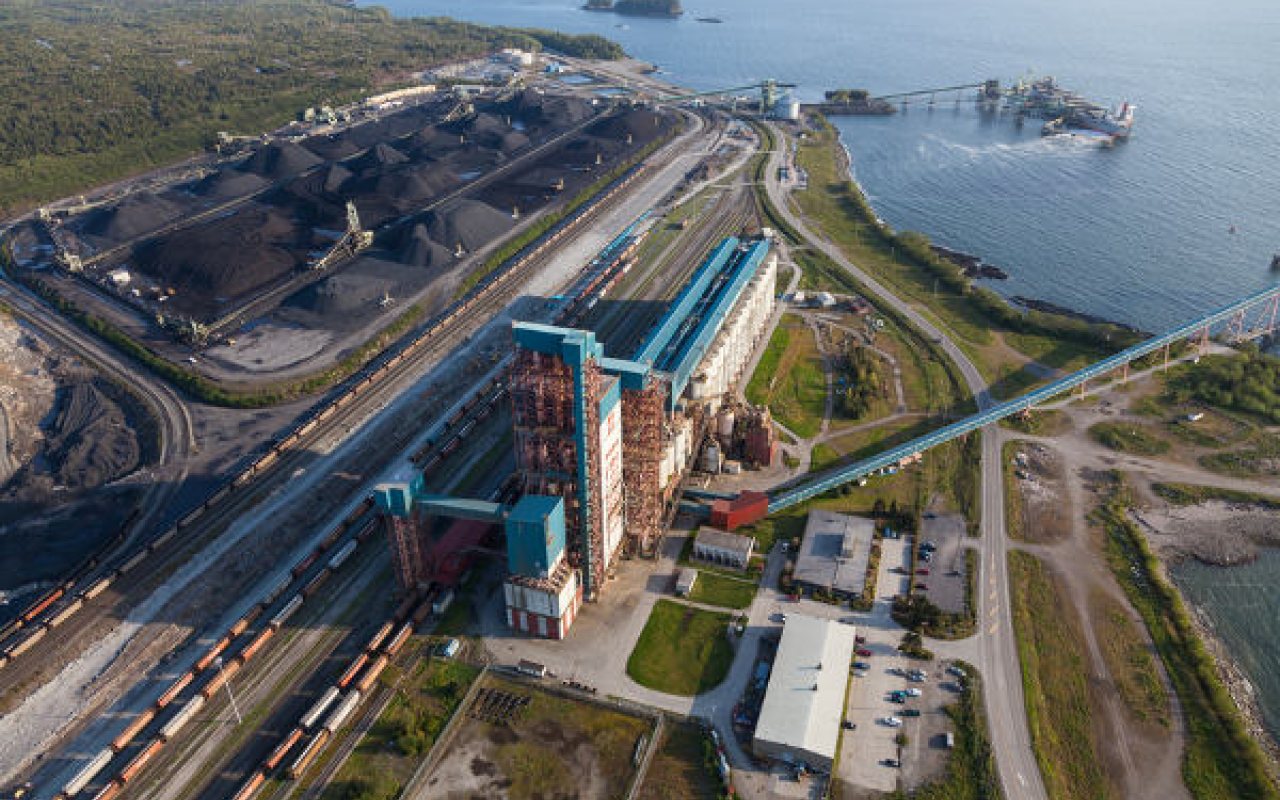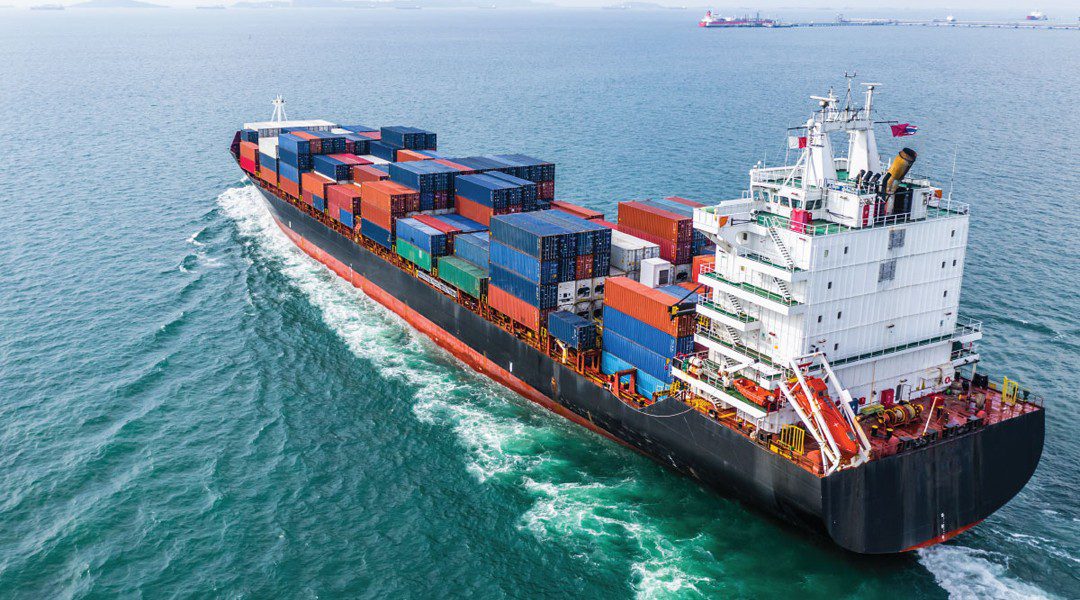
Optimisation which is driven from data could have a significant return on investment, and with this in mind, a well thought out project involving data-driven optimisation and automation could also lead to gains in the bulk sector, according to a LinkedIn post published by Kris Kosmala, Strategy for Business and IT, Operational Change, Improvement, Innovation – Vice President APAC.
Mr Kosmala explains: “In the container shipping world, the 100% automated terminal is still a rarity, an 80% automated terminal is not. Even multi-purpose and multi-user terminals have not proven themselves to too difficult to automate. The terminals are still too preoccupied with selecting terminal operating systems (TOS), which “boxes in” their thinking on automation.
Automation is a trend that has been up-and-coming in the container industry, with many executives stating that automation has multiple benefits. Konecranes recently stated that automation ‘is now a reality’.
“Full automation of the whole process of coal transport from the mining pit to the port is only a short step away”, believes Mr Kosmala, “no need for multiple control centres, as human decisions can be replaced in entirety by algorithms synchronizing customer mine production with yard capacity, ship arrivals schedule, railcar dumpers work rate, and vessel loading rates.
Technical Paper: TOS Systems to Drive Bulk Boom
“Automating certain parts of a port is more beneficial than the whole operation, but it does not give the port any commercial advantage in offering other chargeable services to their customers.
“So, the /terminal spends the money to improve their productivity, but it does not get the whole commercial benefit in return – it accrues to others who take the share of the benefit without paying for it. Let’s say in containers, when the terminal provides higher throughput, the carrier sails out faster (thus benefiting) and the freight forwarder sells faster container delivery at premium to their customer (thus benefiting even more).
“In bulk, this is equally true. Just getting higher capacity /unloaders cost the terminal, but it does not generate any new value for which the port could charge extra. The coordination service across the whole chain is a legitimate value add that could be monetized. I will talk about it to some extent at JoC event in Hamburg next week and refine it by the time of TOC.”
PTI previously reported that automation is necessary for sound port operations, as ports will need to automate processes in order to have the capacity to handle the increase in cargo volumes.
This came on the heels of reports that integration is also an essential component of effective automated practices and can be applied to make operations better and safer.
PTI is due to release its Edition 71, the Bulk edition, in which industry experts will discuss the applications for automation within bulk terminals.
Watch a video below featuring TBA onhow to be the best in automation:
Read more about TBA in the Supplier Directory





